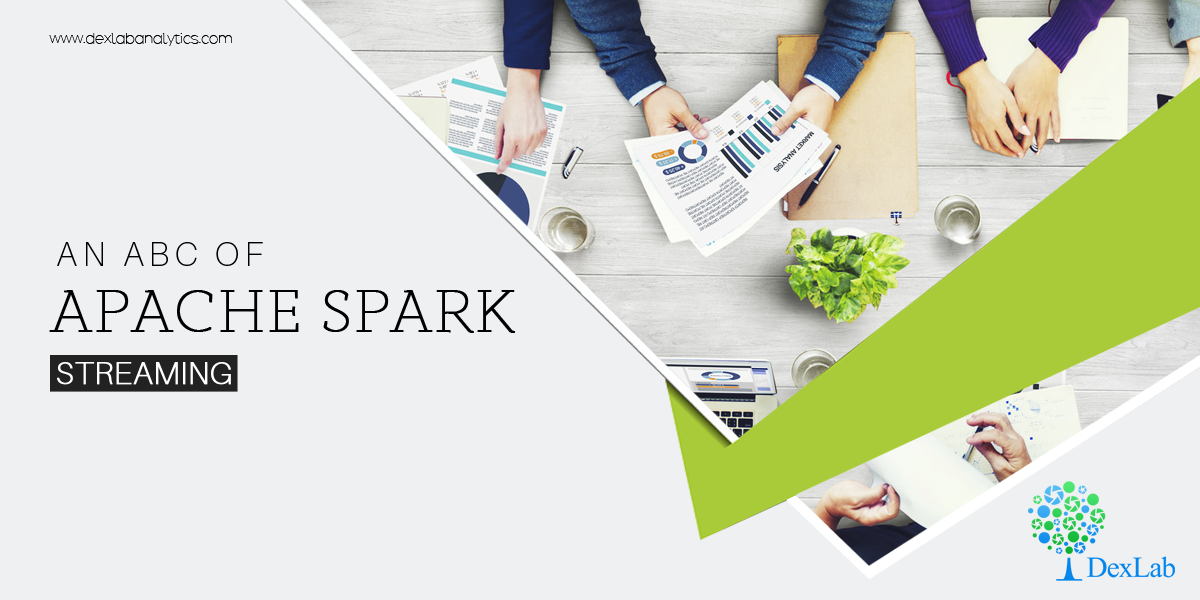
Apache Spark has become one the most popular technologies. It is accompanied with a powerful streaming library, which has quite a few advantages over other technologies. The integration of Spark streaming APIs with Spark core APIs provides a dual purpose real-time and batch analytical platform. Spark Streaming can also be combined with SparkSQL, SparkML and GraphX when complex cases need to be handled. Famous organizations that prevalently use Spark Streaming are Netflix, Uber and Pinterest. Spark Streaming’s fame in the world of data analytics can be attributed to its fault tolerance, ability to process live streams, scalability and high throughput.
Need for Streaming Analytics:
Companies generate enormous amounts of data on a daily basis. Transactions happening over the internet, social network platforms, IoT devices, etc. generate large volumes of data that need to be leveraged in real-time. And this process shall gain more important in future. Entrepreneurs consider real-time data analysis as a great opportunity to scale up their businesses.
Spark streaming intakes live data streams, Spark engine processes and divides it and the output is in the form of batches.
Architecture of Spark Streaming:
Spark streaming breaks the data stream into micro batches (known as discretize stream processing). First of all, the receivers accept data in parallel and hold it in worker nodes as buffer. Then the engine runs brief tasks and sends the result to other systems.
Spark tasks are allocated to workers dynamically, that depends on the resources available and the locality of data. The advantages of Spark Streaming are many, including better load balancing and speedy fault recovery. Resilient distributed dataset (RDD) is the basic concept behind fault tolerant datasets.
Useful features of Spark streaming:
Easy to use: Spark streaming supports Java, Scala and Python and uses the language integrated API of Apache Spark for stream processing. Stream jobs can be written in a similar manner in which batch jobs are written.
Spark Integration: Since Spark streaming runs on Spark, it can be utilized for addressing unplanned queries and reusing similar codes. Robust interactive applications can also be designed.
Fault tolerance: Work that has been lost can be recovered without additional coding from the developer.
Benefits of discretized stream processing:
Load balancing: In Spark streaming, the job load is balanced across workers. While, some workers handle more time-consuming tasks, others process tasks that take less time. This is an improvement from traditional approaches where one task is processed at a time. This is because if the task is time-taking then it behaves like a bottle neck and delays the whole pipeline.
Fast recovery: In many cases of node failures, the failed operators need to be restarted on different nodes. Recomputing lost information involves rerunning a portion of the data stream. So, the pipeline gets halted until the new node catches up after the rerun. But in Spark, things work differently. Failed tasks can be restarted in parallel and the recomputations are distributed across different nodes evenly. Hence, recovery is much faster.
Spark streaming use cases:
Uber: Uber collects gigantic amounts of unstructured data from mobile users on a daily basis. This is converted to structured data and sent for real time telemetry analysis. This data is analyzed in an ETL pipeline build using Spark streaming, Kafka and HDFS.
Pinterest: To understand how Pinterest users are engaging with pins globally, it uses an ETL data pipeline to provide information to Spark through Spark streaming. Hence, Pinterest aces the game of showing related pins to people and providing relevant recommendations.
Netflix: Netflix relies on Spark streaming and Kafka to provide real-time movie recommendations to users.
Apache foundation has been inaugurating new techs, such as Spark and Hadoop. For performing real-time analytics, Spark streaming is undoubtedly one of the best options.
As businesses are swiftly embracing Apache Spark with all its perks, you as a professional might be wondering how to gain proficiency in this promising tech. DexLab Analytics, one of the leading Apache Spark training institutes in Gurgaon, offers expert guidance that is sure to make you industry-ready. To know more about Apache Spark certification courses, visit Dexlab’s website.
This article has been sources from: https://intellipaat.com/blog/a-guide-to-apache-spark-streaming-tutorial
Interested in a career in Data Analyst?
To learn more about Data Analyst with Advanced excel course – Enrol Now.
To learn more about Data Analyst with R Course – Enrol Now.
To learn more about Big Data Course – Enrol Now.To learn more about Machine Learning Using Python and Spark – Enrol Now.
To learn more about Data Analyst with SAS Course – Enrol Now.
To learn more about Data Analyst with Apache Spark Course – Enrol Now.
To learn more about Data Analyst with Market Risk Analytics and Modelling Course – Enrol Now.
